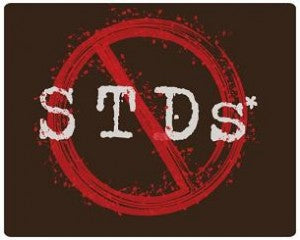Sexually transmitted infections (STI), also referred to as sexually transmitted diseases (STD) and venereal diseases (VD), are illnesses that have a significant probability of transmission between humans by means of human sexual behavior, including vaginal intercourse, oral sex, and anal sex. While in the past, these illnesses have mostly been referred to as STDs or VD, in recent years the term sexually transmitted infections (STIs) has been preferred, as it has a broader range of meaning; a person may be infected, and may potentially infect others, without having a disease. Some STIs can also be transmitted via the use of IV drug needles after its use by an infected person, as well as through childbirth or breastfeeding. Sexually transmitted infections have been well known for hundreds of years, and venereology is the branch of medicine that studies these diseases.
STDs Pictures
Reviewed by Varnada Karriem-Norwood, MD on Monday, September 26, 2011
You don't have to have sex to get an STD. Skin-to-skin contact is enough to spread HPV, the virus family that causes genital warts. Some types cause warts and are usually harmless, but others may lead to cervical or anal cancer. Vaccines can protect against some of the most dangerous types.
Signs: Pink or flesh-colored warts that are raised, flat, or shaped like cauliflower. Often there are no symptoms.





















Leave a comment